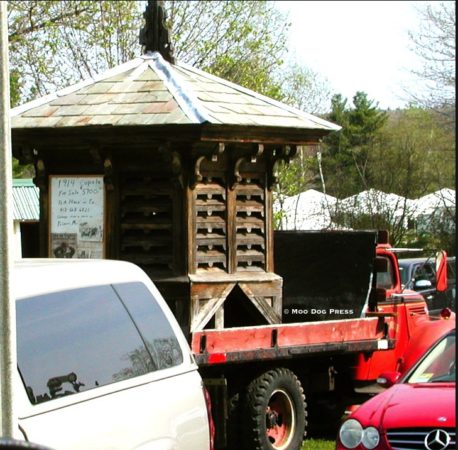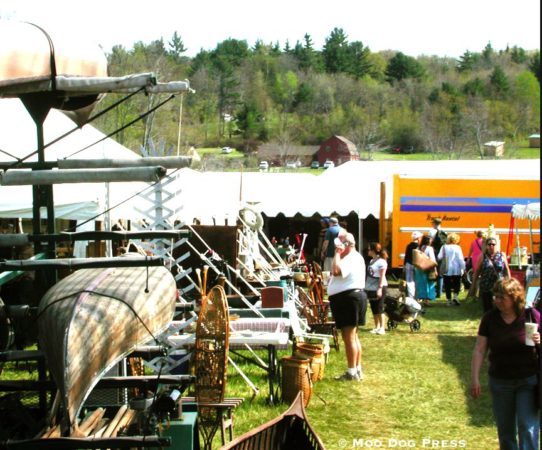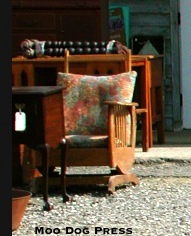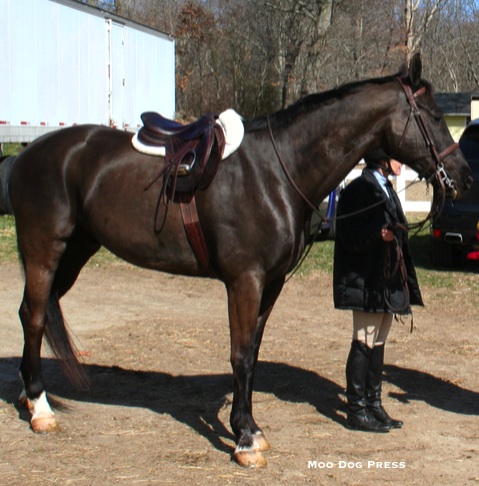Of People And Collected Stuff; American Quarter Horse; Zagray Farm Homestead
Unique. Antique. Junk. Collectibles.
Streams of people carrying antlers, bookshelves, globes, whatnots, lamps, old milk cans – and some really unbelievable stuff on display along both sides of Route 20. A recent favorite seen on a side lot was a circa 1914 cupola – complete and with handsome weathered shingles – for sale at $5,700 from its perch on a flatbed truck. Find Brimfield Antique Show, all along Route 20, Mass., through Sunday, July 17. Be prepared to wait in traffic, but if you are in no hurry, it is a carnival of humanity from the displays of “stuff” to those collecting it. Parking fee depends on where you choose to leave your vehicle; close to all the action costs more. Wear comfortable shoes, a straw hat, sunscreen, and bring along water, a collapsible pull-along cart. Please leave pets at home.Don't overdo it; consider taking a backroad to wander and unwind on your way home. Stop for an ice cream or other treat. Find a park, sit awhile and just cool off.
“Would you tell me, please, which way I ought to go from here?”
“That depends a good deal on where you want to get to.”
“I don't much care where –”
“Then it doesn't matter which way you go.”
― Lewis Carroll, Alice in Wonderland
Now on to some other offerings in the region:
Region 6 AQHA Championships Show, through Sunday, July 17, Eastern States Exposition Coliseum, 7 a.m. to 10 p.m.
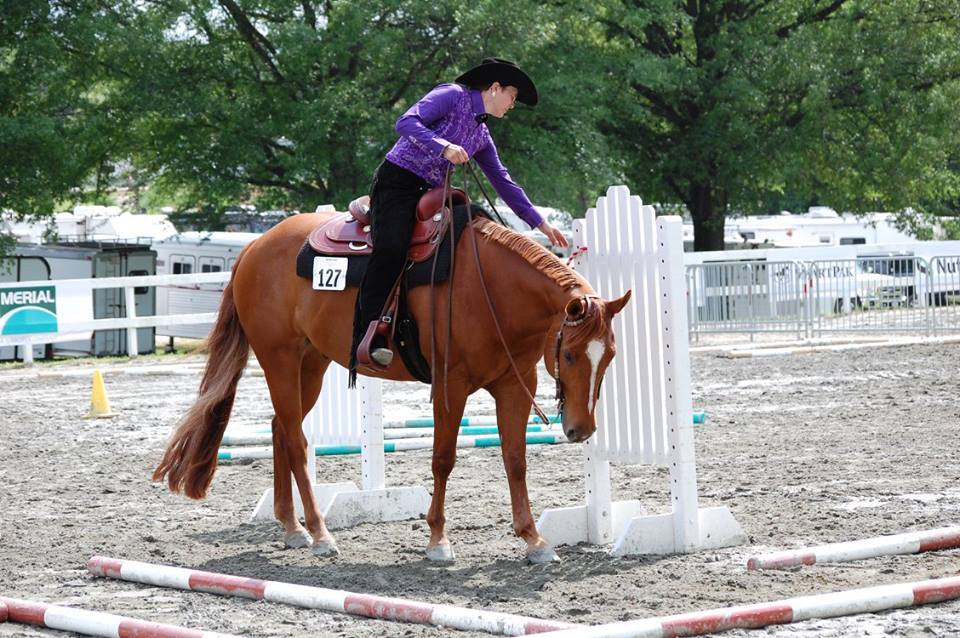
Quarter horses are a versatile breed. Go see them in action at the Region Six Super 6 Horse Show. This is an AQHA horse and rider competing at JB Hunt Horse Complex in North Carolina earlier in 2016. Image linked to the FB page for reports of the show this week and weekend at Eastern States Exposition.
By the way, the American Quarter Horse Association, located in Amarillo, Texas, is the world’s largest equine breed registry and membership organization. The American Quarter Horse is an American breed of horse that excels at sprinting short distances. Its name came from its ability to outdistance other horse breeds in races of a quarter mile or less; some have been clocked at speeds up to 55 mph – but the horse is known for its consistent work in rodeos and as a working ranch horse.
“The compact body of the American Quarter Horse is well-suited to the intricate and speedy maneuvers required in reining, cutting, working cow horse, barrel racing, calf roping, and other western riding events, especially those involving live cattle,” according to the Wikipedia page about the breed. This versatile and powerfully-built equine also does well in English disciplines, driving, and many other equestrian activities.
Or pick a quiet pursuit to explore more this summer.
Advance registration is required for a Lower River Paddle and Native American History tour, Friday, July 15, 6 to 10 p.m., Providence, Rhode Island. Led by local history enthusiast, Helen Tjader, the group will put in at the launch area on South Water Street, and travel through Waterplace Park and under the mall. (Helen currently is working to generate interest in establishing a Sowams National Heritage Area in advance of the 400th anniversary of the peace treaty between the Pokanokets and the Pilgrims in March 1621.) The complete trip is about 4 miles. For those bringing a vessel of their own, remember that a life jacket is required for everyone in your craft. Cost is $35 per boat rental; $15 per person for those with their own boat. For information call (401) 861-9046. The Woonasquatucket River Watershed Council offers other events listed at wrwc.org/events.php.
Open Garden Day at Kentford Farm in Stonington, Saturday, July 16, 10 a.m. to 4 p.m., hosted by The Garden Conservancy. Admission, $7. The farm dates back to 1727 and the previous owner started planting in 1945. Fifty-foot weeping cherries, a Norway spruce, copper beech, and blue Atlas cedar, five-acre garden. Walk-in root cellar built into the hillside.

All ages will enjoy facets of the Zagray Farm. Photo is linked to the official site for more information.
Zagray Farm Homestead Show, Saturday, July 16 and Sunday, July 17, Zagray Farm, 544 Amston Rd., Colchester, Conn.
Admission, $5; younger than 12, free. Check out the 1800s sawmill, planer and cordwood saw area, or watch the cable shovels, backhoes, dozers at work in the sandpit. Tractors, plowing, stationary power displays plus hit-n-miss engines, and a tag sale. Blacksmithing demonstrations, farm tool displays. Free wagon rides and farm tours. Large sandbox and pedal tractor area for children.
It's fun.
The 28th Vermont 100-75-50 mile Endurance Ride and Run is Saturday, July 16, West Windsor, Vermont. Ride Manager, Pam Karner V.M.D.; Ride Secretary(s), Jo Steele, Kathy Callin-Rondeau. This is the only 100-mile in the country where horses and people ride/run the same trail at the same time.
Region 6 AQHA Championships Show in progress through July 17, Eastern States Exposition Coliseum, 7 a.m. to 10 p.m. Judges scheduled: Michelle Tidwell, Tracy Willis, Rick Christy, April and Casey Devitt, Curtis Reynolds. For information, contact is Cory Welch, (603) 893-1113.

